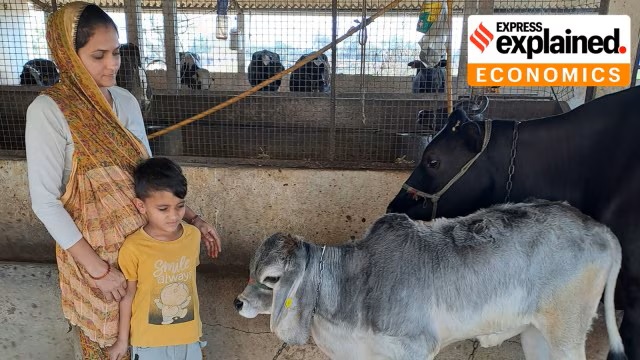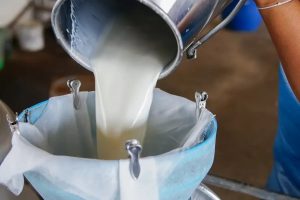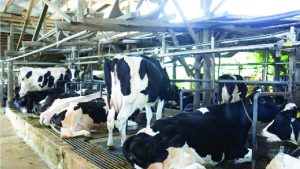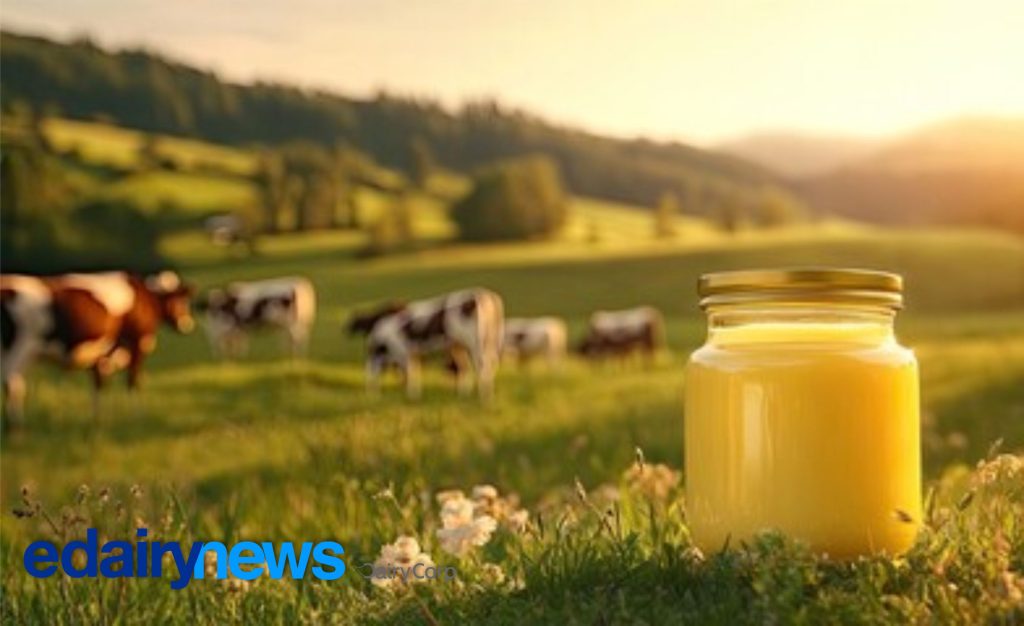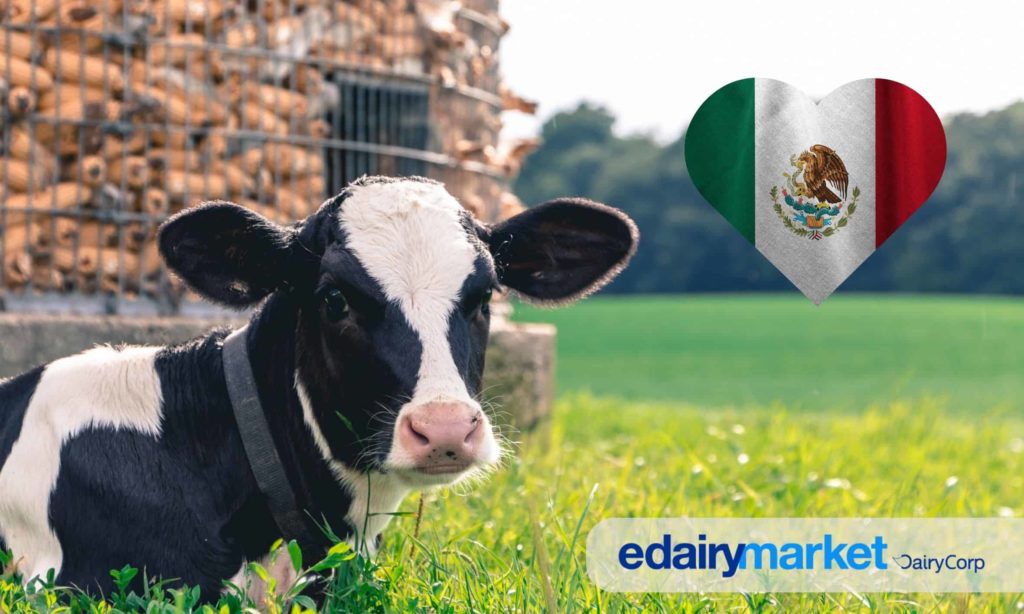
A Deep Dive into India’s Unique Dairying System and the Critical Issues It Faces, from Climate Change to Market Volatility.
India’s dairy economics and agribusiness sector stands out as a unique model on the global stage, largely defined by its small-scale, decentralized nature. Unlike the large commercial farms common in countries like the United States or New Zealand, India’s dairy industry is dominated by small farmers with just a few animals. This distinctive structure, which includes a robust network of cooperative societies, is the foundation of the country’s position as the world’s largest milk producer.
Despite its impressive size and output, India’s dairy industry is currently grappling with significant challenges. The article highlights that this unique model is facing pressure from climate change, rising feed costs, and disease outbreaks. The recent spread of Lumpy Skin Disease (LSD) in cattle, for instance, has had a devastating impact on milk output in several states. These threats expose the vulnerabilities inherent in a system built on millions of small, individual operations.
The article also underscores the challenge of balancing milk supply and demand. Fluctuations in supply—driven by factors like disease and weather—can lead to price volatility, impacting both farmers and consumers. While the government has intervened with measures such as banning skimmed milk powder exports and imports, these steps only offer short-term relief and do not address the fundamental structural weaknesses of the system.
A key concern for the future is the impact of climate change. With a large number of the dairy herd being livestock, the sector is vulnerable to extreme weather events. The article mentions that a significant portion of India’s dairy population is susceptible to heat stress and other climate-related issues, which could have long-term consequences for national milk production. This issue is a critical focus for international data journalism.
In summary, while India’s dairying model has been a remarkable success in terms of production volume, it is at a crossroads. The future of this unique system will depend on its ability to adapt to climate change, mitigate the economic impact of disease outbreaks, and find sustainable ways to stabilize supply and prices. The challenges facing India’s dairy sector serve as a compelling case study for the entire international dairy community.
Source: The Indian Express, “India’s unique dairying model and the challenges it faces”
You can now read the most important #news on #eDairyNews #Whatsapp channels!!!
🇮🇳 eDairy News ÍNDIA: https://whatsapp.com/channel/0029VaPidCcGpLHImBQk6x1F
